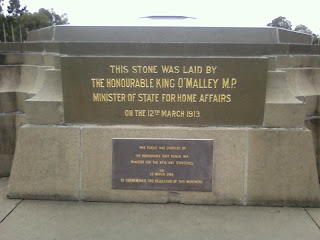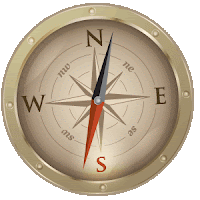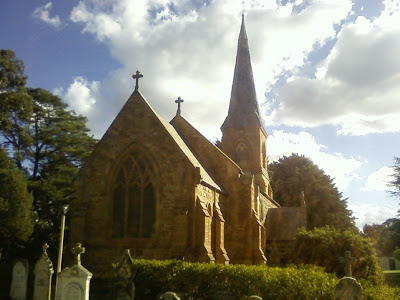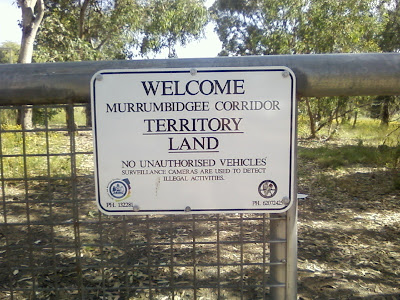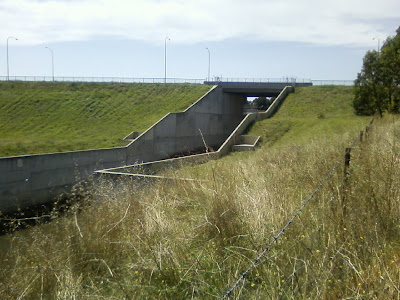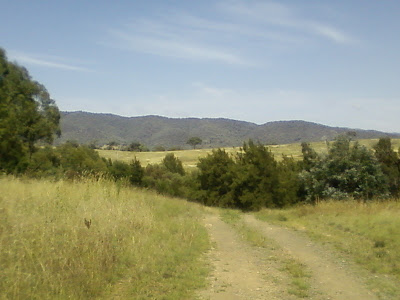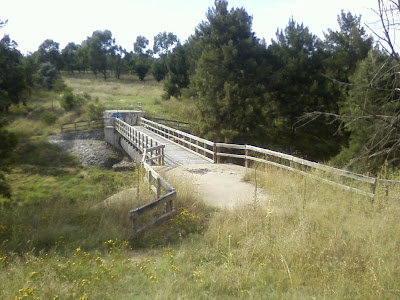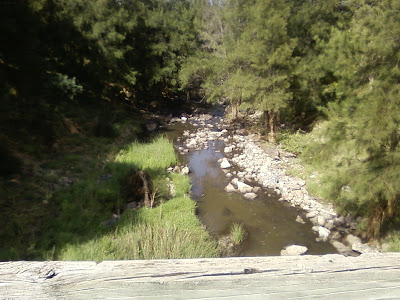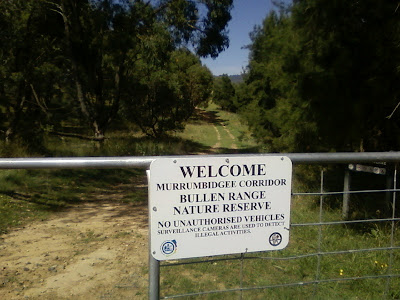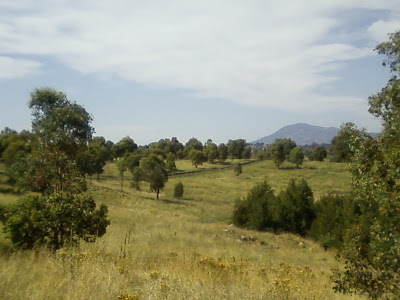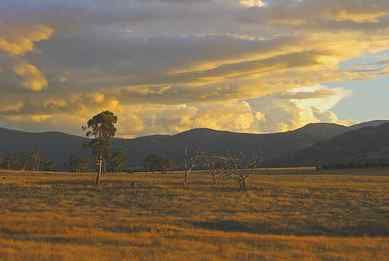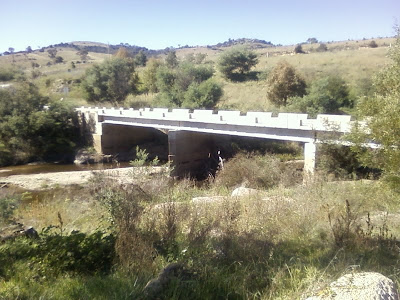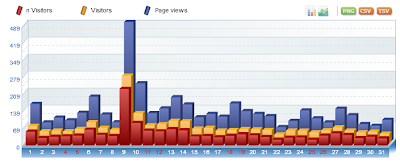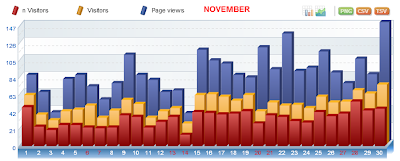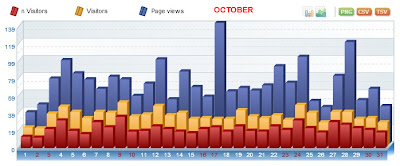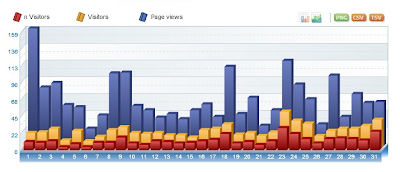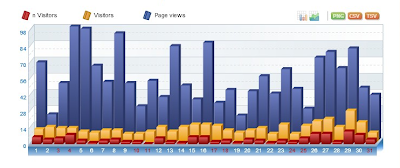A few thoughts on Australia Day from me...
Australia Day should be a day of Australian unity, a day where all Australian's, of all foreign nations of origin should unite under one flag to celebrate. However it's not. The day to me is a reminder of division for Australia's original people.
Our relatively short history is, in this 21st century being competently re-researched, re-studied and re-analyzed. Old accepted, society driven conclusions by un-resourced (by today's standards) Historians are continually being updated with what I describe as Australia's cultural history and truths. These truths show a different history of Australia than the one that I and generations of European Australians were taught. The truth that Australian national unity has been based on are, in someways, society driven distortions over time of the historical truth. A brief rundown of why Australian Aboriginal people call 26th January 'Invasion Day'...
1. The day Captain Cook arrived on shore in 1770 his men fired muskets at the first encounter between European and Aboriginal people displaying what was to become an enduring mentality of most Europeans in colonial society. The Romanticism of E. Phillips Fox (picture above) clearly depicts two seamen taking aim with their muskets on arrival whilst Cook shows a calm and steady hand against the noble savages.
2. In 1788 January 26 - Captain Arthur Phillip, commanding the First Fleet, sails into Port Jackson and establishes the first British colonial settlement at Sydney Cove. From this point on resisting Aboriginal inhabitants were invariably shot in what is now being described as an enduring poorly recorded 'frontier war'. This disregard for human life followed over eager settlers into the furthest regions of colonial NSW.
3. Phillip also successfully introduced tuberculosis, cholera, venereal disease, measles, whooping-cough, influenza and even the common cold. The biggest killer, though, was smallpox. Within three years, the majority of Indigenous people living close to Sydney were killed by smallpox and the diseases swiftly followed the colonies expansion.
3. Many organised and deliberate programs of dispersal, murder and extermination (list here) were undertaken by colonists in their rush to secure property with total disregard for the original owners. The Black Line - Tasmania, The Myall Creek massacre, other 'round ups' in the area and the many unreported acts of murder took their toll, estimated during colonization as exceeding 20,000 Aboriginal people.
4. As for alcohol... within weeks of the arrival of the first fleet grog became available, and this had a devastating effect on the original people. Aboriginal labourers were often employed with tobacco and alcohol as a reward. I have read research on Aboriginal men being 'liquored up' and enticed to fight as a public spectacle presumably with traditional weapons and sometimes to the death. And I could go on... The 26th of January represents what is a painful collective memory for Aboriginal people.
5. This European mentality of disregard continued well into the 20th century beginning with no acknowledgement in Australia's new constitution at the time of Federation. Aboriginals were of course denied suffrage (ending in various stages between 1948-1965) and the state as late as the 1970's ordered the removal of Aboriginal children. It was believed at the time of federation and into the 20th century, that the Aboriginal Peoples of Australia were a doomed race that would be extinct within decades.Obviously this is not the case.
Armed with this knowledge we are left with an enduring need for reconciliation. Reconciliation is essential for us to move on from the social rift formed from our past. We need to move forward as a united nation however I see that reconciliation in Australia as stalled. We are trapped in a never ending public awareness campaign producing no tangible results. Australia now needs something real and tangible to offer as a step to finally complete reconciliation.
In 1770 it was a British flag impaled on the beach that symbolized the Aboriginal people's subjugation. In 1788 the first fleet hoisted the British flag and from that day enforced that subjugation which endures today. Aboriginal People have been, historically and in reality, at the mercy of the British Crown and remain so as angry and unsatisfied Australians today. Even the union jack in the corner of our national flag stands testament as a constant reminder of the European invasion.
I think it is time we took the progressive (and logical) step of becoming an independent nation and begin with recognizing the original owners of this continent in a modern Constitution formulated with an Australian Head of State. I come back to unity... select Australia's Independence day as a symbol of unity and reconciliation for all the people of Australia. That would make an Australia Day.
If your interested in the going on's of the Australian Republican Movement -
ARM Website - ARM Facebook - ARM Twitter
Share -
